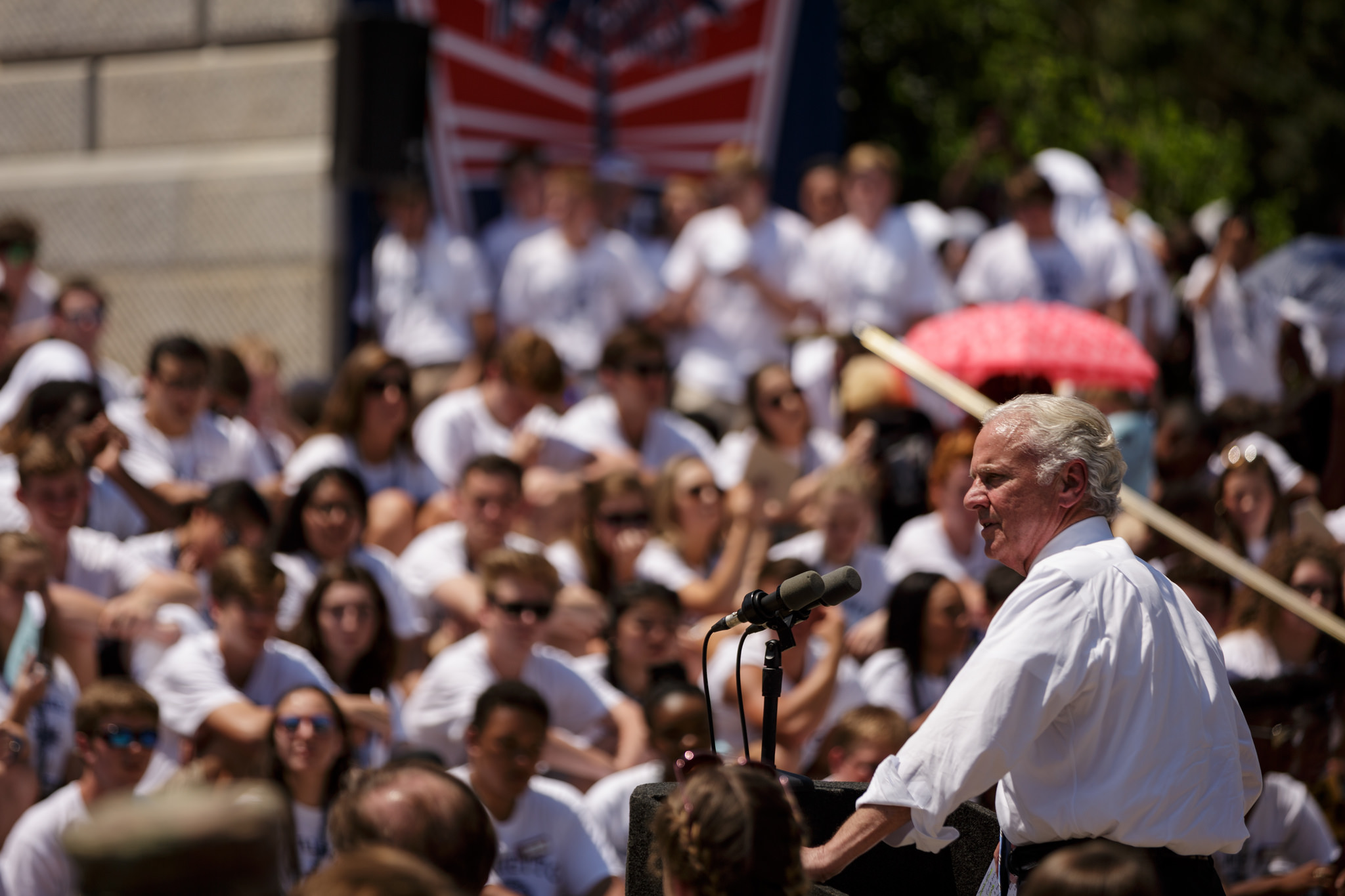Henry McMaster Is About To Clear A Critical Reelection Hurdle
Incumbent “Republican” governor Henry McMaster ran a terrible 2018 campaign – liYou must Subscribe or log in to read the rest of this content.
Incumbent “Republican” governor Henry McMaster ran a terrible 2018 campaign – li
